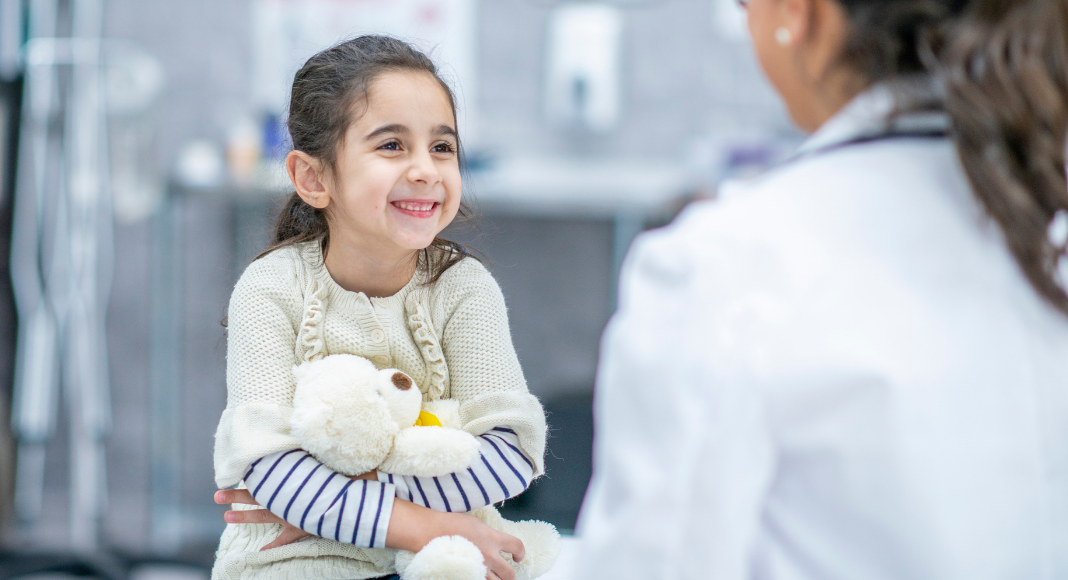 After years of working in the education system, one thing I know is that our school does right every year in the spring by having the program: Good Touch vs. Bad Touch. What this means is an officer from our local police department comes into school to discuss what a good touch looks like and what a bad touch looks like.
After years of working in the education system, one thing I know is that our school does right every year in the spring by having the program: Good Touch vs. Bad Touch. What this means is an officer from our local police department comes into school to discuss what a good touch looks like and what a bad touch looks like.
So, what does this program look like?
Depending on the grades involved, she discusses body parts and their correct anatomically correct names. She demonstrates on puppets (for the younger kids) where these parts are located and describes the location to older students. She makes them say the words. They need to be normalized, so kids feel comfortable saying them when something does happen.
Good Touches
The program continues on to discuss the positives of “good touches.” This type of touch represents hugs, kisses, high fives, etc., with people in your life like parents or grandparents. This also includes doctors seeing and touching private areas when children are hurt. Parents being allowed to see these types of areas if a child is sick or hurt, bathing, or even as simple as changing a diaper is all acceptable.
I had a conversation with my four-year-old son in the bath recently about how no one can touch his penis. We named the people who were allowed to see/touch. He mentioned his teachers. I paused for a moment thinking of the correct way to word my response. As a teacher myself, I wanted to say, “yes, that’s fine.” but in reality, that is not always going to be the case. In return, I prompted him with a question, “Well, why would a teacher need to touch your penis?” He said that he had an accident in the past, and his teacher helped him get cleaned up and changed his clothes. I reassured him that, while in preschool, this was okay. When he goes to Kindergarten next year, the school nurse will be responsible for getting you cleaned up if that happens again.
Bad Touches
The bad touch section of the program talks about the uneasy feeling you may get when a bad touch is occurring. You get a funny feeling in your stomach, and deep down, you know something is wrong. The officer detailed the body parts and the people who do not need to be asking to see/touch those body parts.
Another thing to think about is to have discussions at young ages. Ever since my kids could talk, I would talk about these body parts when washing them, so they were aware from the start of where the parts were located and what they were called. Lose the “weiner”, “weeny,” va-jay-jay” and other vague terms. You’re not helping your child, and you’re making it more difficult for them to talk to you if something does happen.
This is serious, and it starts when kids are young, giving consent to hug/touch peers. Another avenue to consider is not to force your children to hug other adults or even kids. You don’t want to force a feeling they don’t want to have. Let them choose how they want to express their feelings.
What can you do at home to protect your child?
Contact your school to see if they can set up a program each year. I know you assume your child is safe, and they could be. And even if it seems like something you’re not interested in for your child, you could be saving someone else’s. Another way you can protect your child is to discuss these terms with your child. Use the correct anatomy terms so your child can articulate what happened with the correct terminology.
Even though this conversation is extremely difficult, it is crucial to have these open conversations with your kids so they can be an advocate for their own body and keep you informed if someone is making them feel uneasy or something has happened.








